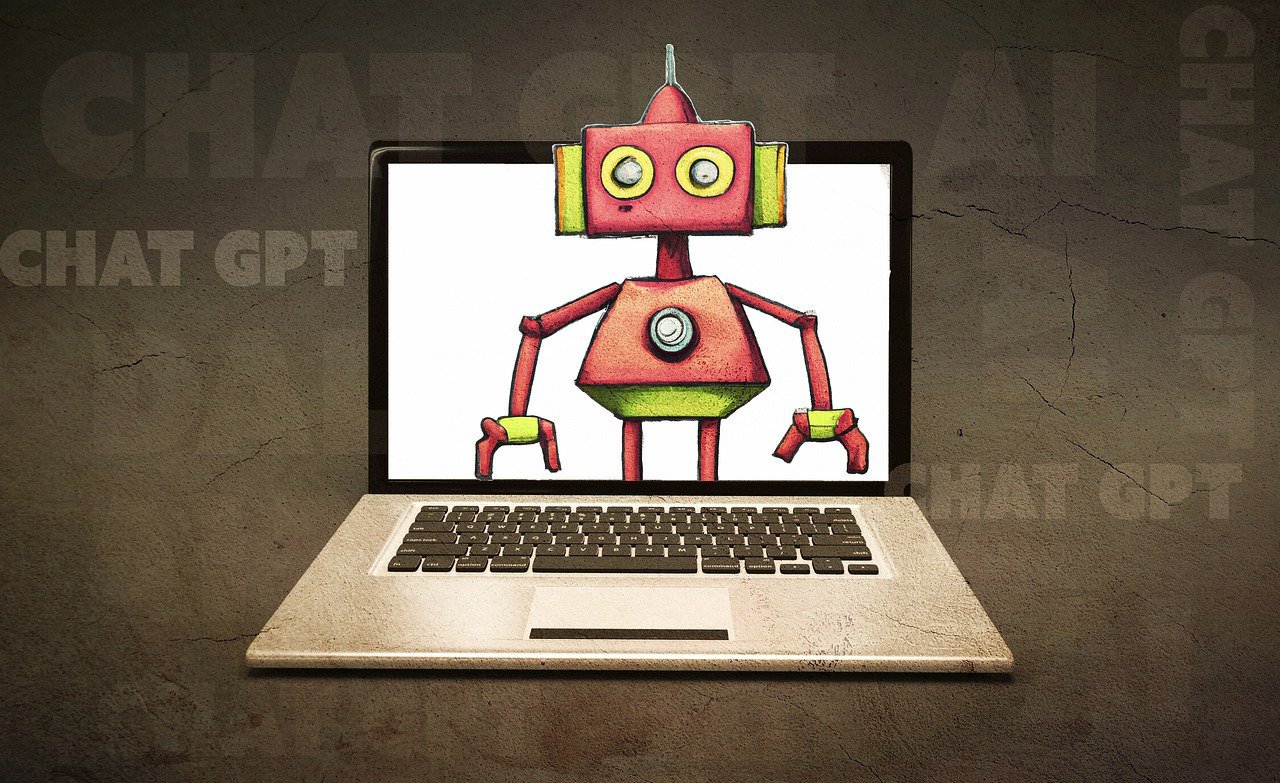The Future of Human-Computer Interaction: Exploring IBM’s Brain-Computer Interface
IBM Research is developing a brain-computer interface (BCI) that could allow people to control computers and other devices with their thoughts. The BCI is based on a type of machine learning called deep learning, which is able to learn from large amounts of data.
The BCI works by recording the electrical signals produced by the brain. These signals are then fed into a deep learning model, which has been trained to recognize different patterns of brain activity. The model then translates these patterns into commands, which are then sent to the computer or device.
IBM’s BCI is still in the early stages of development, but it has the potential to revolutionize the way we interact with computers and other devices. It could also be used to help people with disabilities who are unable to use traditional input devices, such as a keyboard or mouse.
Here are some potential applications of IBM’s BCI:
- Controlling prosthetic limbs
- Communicating with the outside world for people with disabilities
- Controlling robots and other devices with the mind
- Enhancing human cognitive abilities
- Treating neurological disorders
IBM’s BCI is a promising new technology with the potential to improve the lives of millions of people. It is important to note, however, that BCI technology is still in its early stages of development, and there are a number of challenges that need to be addressed before it can be widely adopted. These challenges include:
- Making BCI devices more affordable and accessible
- Improving the accuracy and reliability of BCI devices
- Developing ethical guidelines for the use of BCI technology
Despite these challenges, IBM’s BCI is a significant step forward in the development of BCI technology. It is likely that BCI technology will play an increasingly important role in our lives in the years to come.







